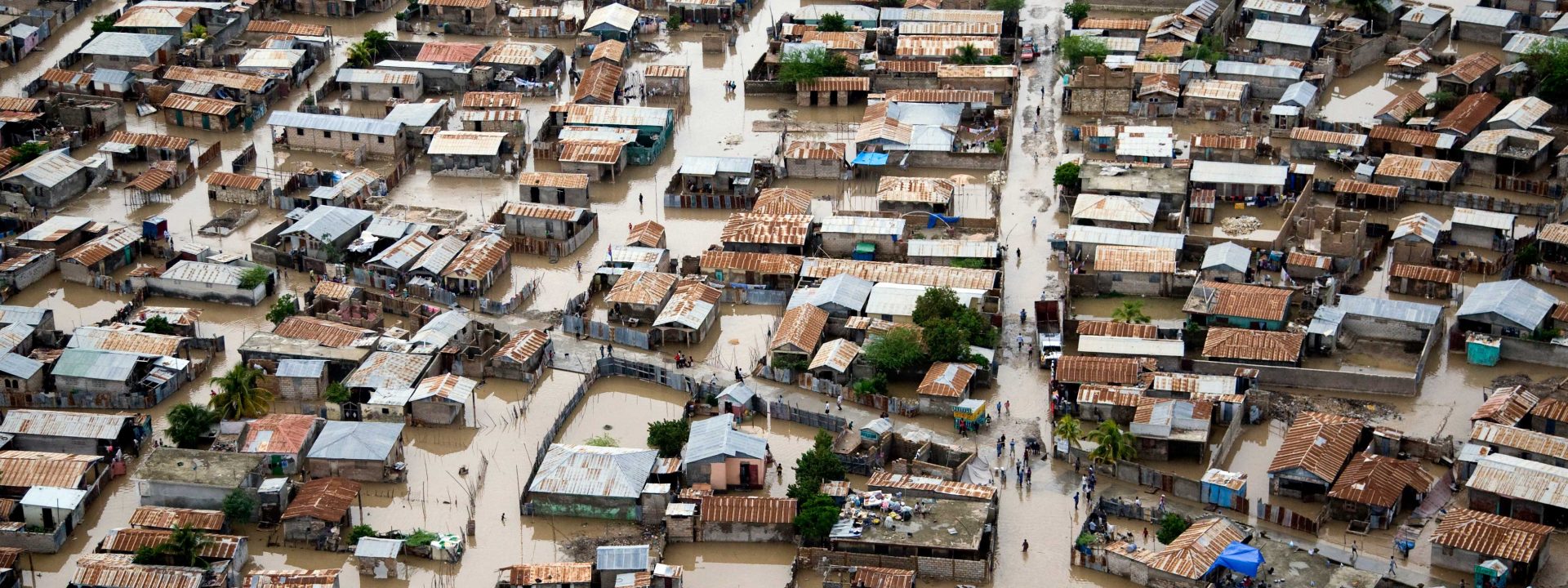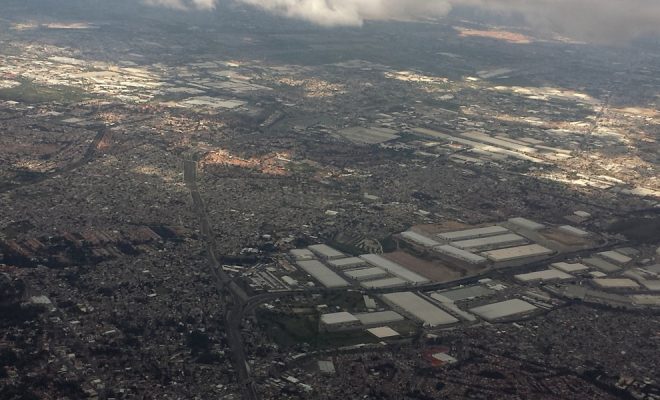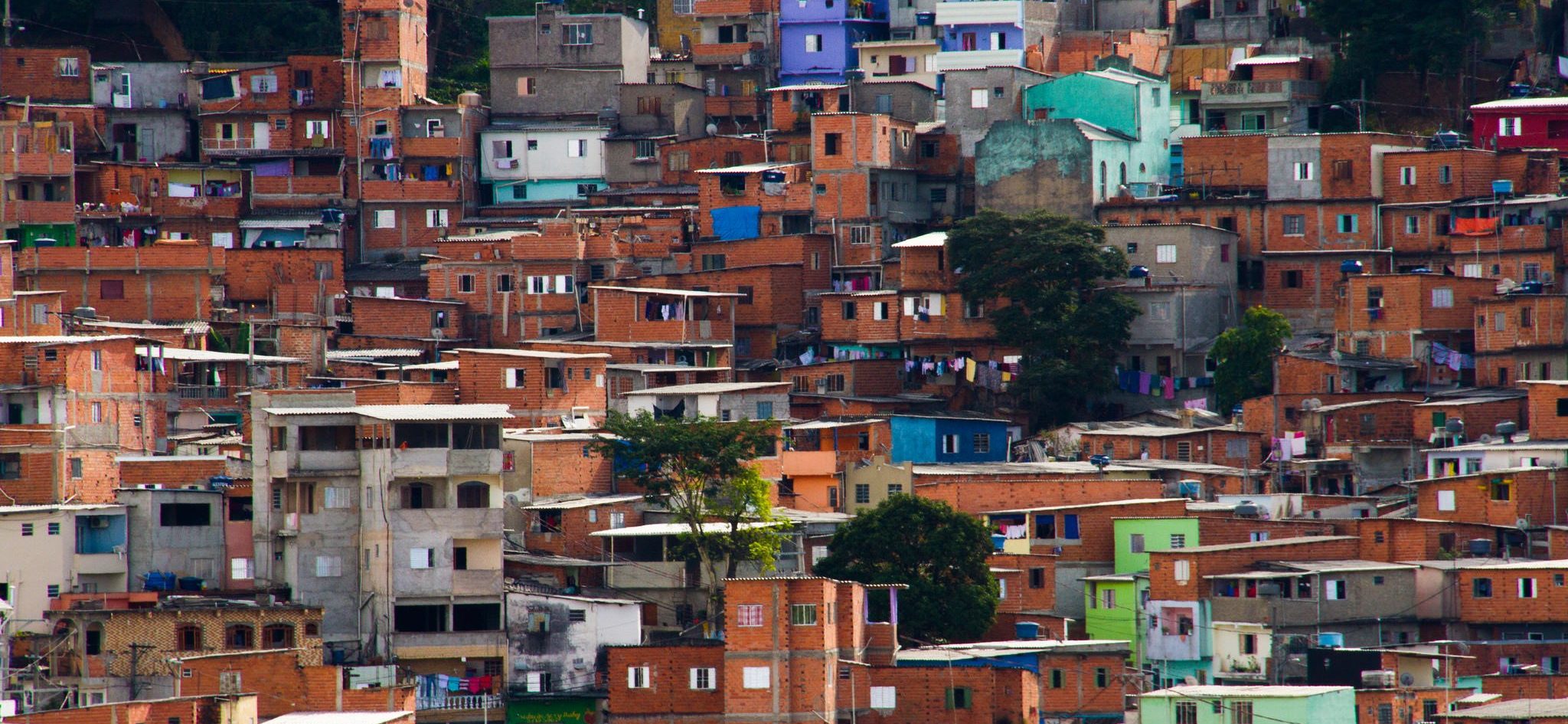
Slum in Sao Paulo, Brazil© Hugo Martins
The impenetrable crust of urbanization is rapidly growing and will do so at a faster pace in the next few decades. In 2015, the data obtained by NASA’s Global Rural-Urban Mapping Project (GRUMP) showed that nearly 4 % of the planet’s surface is covered by asphalt, brick or concrete conglomerates. After comparing diurnal and nocturnal satellite images with census data, the geographers of the project concluded that the urban layer occupies 4,468,200 km2, nearly nine times the surface of Spain.
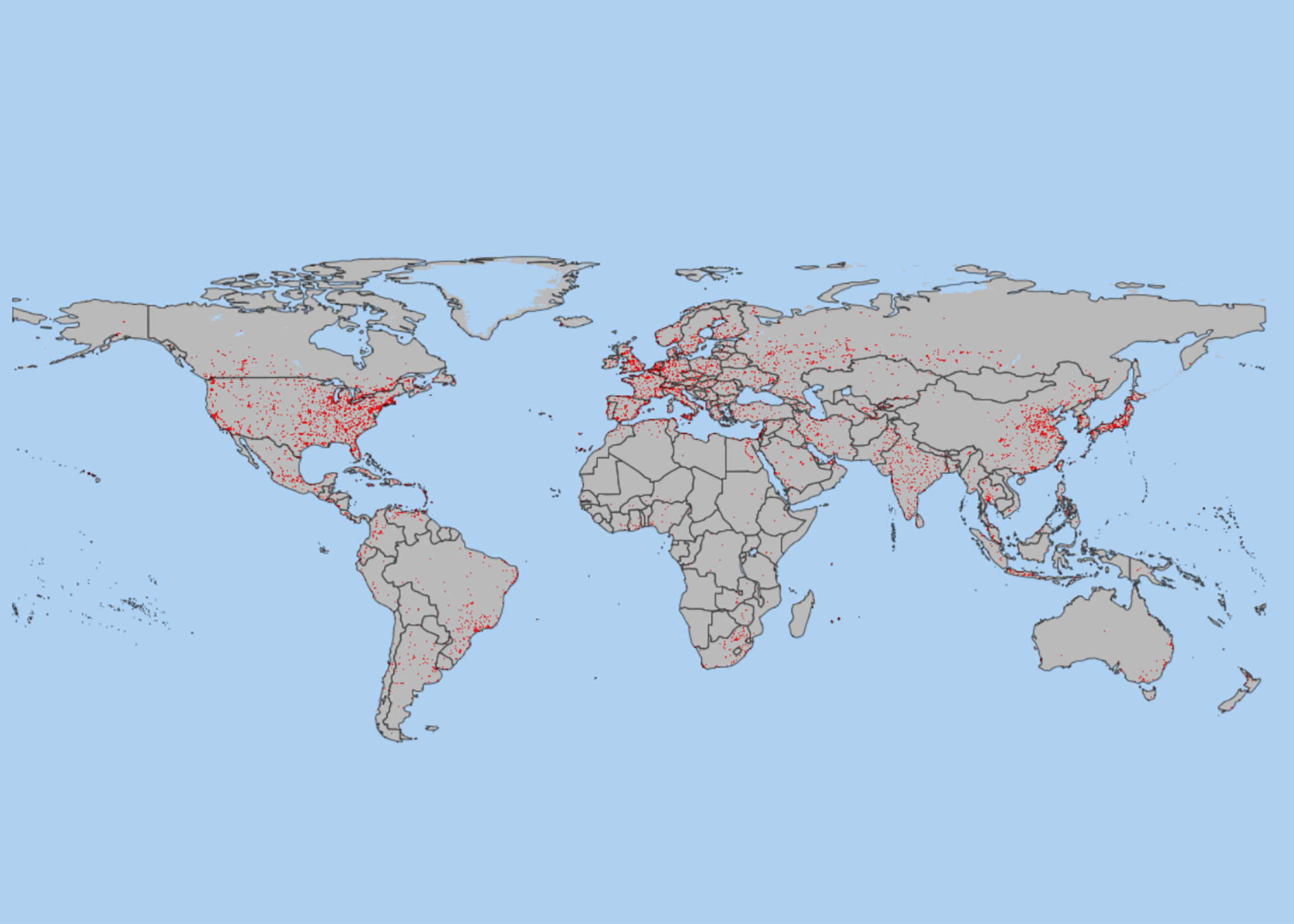
Urban extension all around the world. Red areas take up 3% of the planet’s surface and absorb between 60% and 80% of the energy resources, 12% of water and are the first source of water and air pollution.
What is most worrying is the accelerated growth of this crust: according to the World Bank, by 2050 at least two out of three people will be living in increasingly large cities. And the latest forecasts predict that, at the end of the century, 11.2 billion people will live on Earth, 85%-90% of whom will live in cities; mankind will therefore have become an urban species. By then the world population centers will have shifted from Asia to Africa, leaving only 14 out of the 100 largest cities worldwide in Europe and America. This is a demographic disruption with unpredictable consequences.
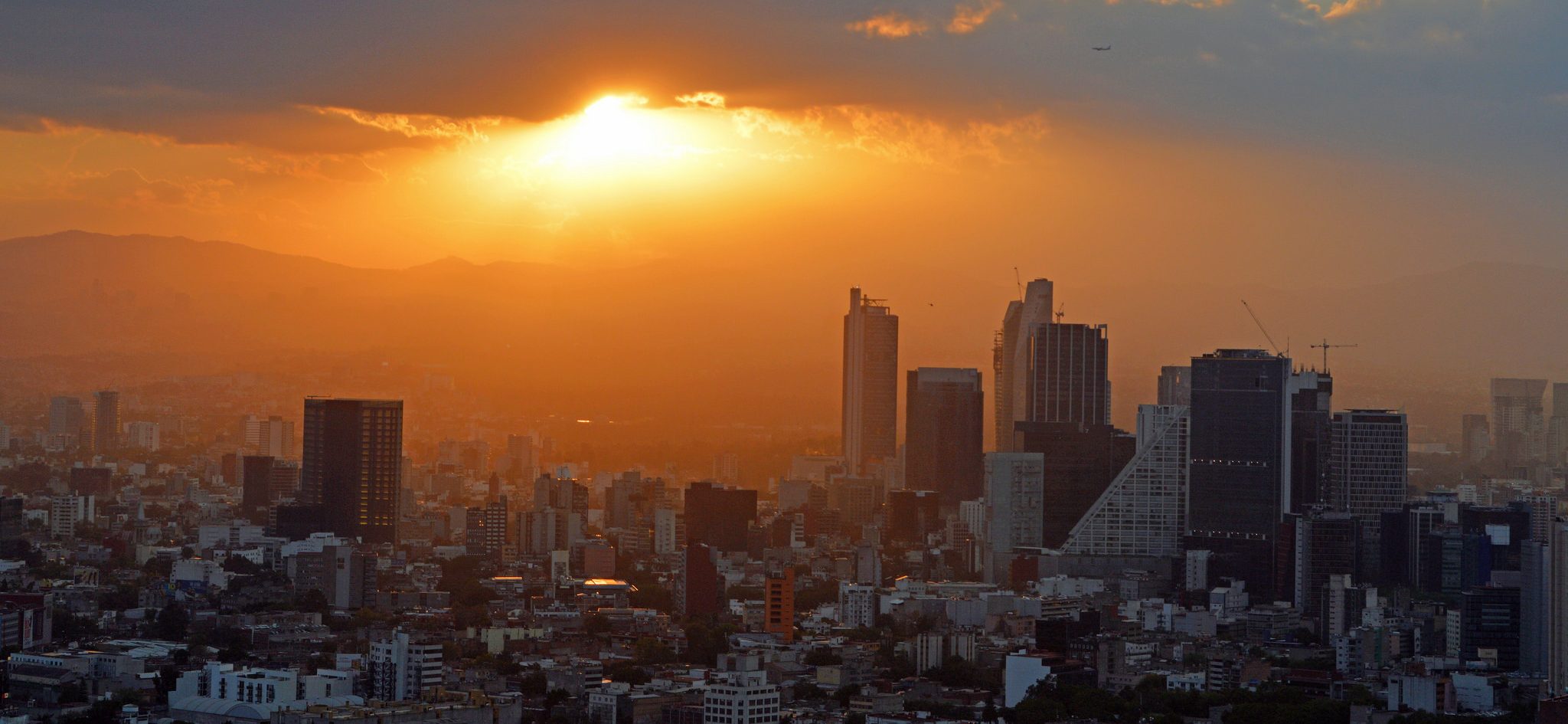
Mexico City, one of the cities urban planners set as an example of unsustainable horizontal growth. © Pontia
Cities: so far an example of little intelligence
The fact that we are becoming an “urban planet” generates uncertainty among scientists and governments, as cities have generally become unsustainable models. The large conurbations concentrate the needs of water, alter the hydrological balance of the territory they occupy, generate large quantities of wastewater, damage the water table they are located on and favor violent runoffs that cause floods. Large cities also consume between 60% and 80% of the energy resources, emit 70% of the greenhouse gases and generate harmful microclimates due to the overheating of asphalt, bricks, concrete and metals, and the heat generated by cars and air conditioning units.
These problems are much more difficult to address in the capitals of developing countries, which show vertiginous growth forecasts and lack infrastructures to follow this uncontrolled expansion pace. In many African and Asian cities the demographic growth has followed colonial models in the image and likeness of European cities but without their resources, progressively reducing the quality and scope of public services and increasing poverty as migration from impoverished rural areas grew steadily. The unhealthy slums of these cities, with no water supply or sanitation, have become an unworthy icon of today’s social imbalance and injustice. The number of people living in these degraded neighborhoods is estimated at 828 million and is expected to increase by six million every year.
A problem added by these irregular settlements is that their growth is always horizontal, a model that according to most urban planners and architects should be discarded and replaced by a vertical one. This is an essential fact to understand the unsustainability of the current urban model: in the last few decades the extension of the physical mass of cities grows much more than the population that inhabits them.
The horizontal expansion makes the supply difficult and increases the cost of direct water consumption and also increases indirect consumption: the citizens’ needs for goods and food has an impact on the water footprint of those products that need to be transported to stores; people’s movements also increase, which contributes to aggravating water stress, consuming more energy.
With the increase of the urban mass the problem of access to water in the world will be notably different to what we know today. How different? We do not know yet, but what is certain is that it is a factor that will depend on how “smart” the growth of cities is.
Smart city versus poor city
While developing economies debate how to control growth and eradicate urban poverty, in industrialized and rich countries cities evolve towards the “smart” concept thanks to the massive development of sensor networks, the technology of the Internet of Things (IoT), the information and communication technologies (TIC) and the big data driven by increasingly analytical algorithms. The smart water grid (SWG) is being developed in the most advanced countries; this is a smart water network, a real oracle of the behavior of the supply and sanitation that will save enormous amounts of water and energy and will end the scourge of the Non-Revenue Water (NRW), which is the water lost in the supply process. All around the world, the NRW reaches 45 million m3 every day, the equivalent of 45,000 Olympic swimming pools. This is an amount that could meet the needs of 200 million people.
These systems are also presented as awareness-raising instruments thanks to home automation. As they empower users to carry out a customized control of the use of the resources, they become more austere and concerned, a psychosocial value that has more potential to increase the efficiency of the water resources than any short-term technology, as the habits of the over 4.2 billion users of domestic taps, drains and toilets have a gigantic transformation power.
In rich countries the home automation market has generated the necessary incentives for its own expansion. In the industrialized world the debate now focuses on future predictions about, for instance, whether the interconnectivity of IoT and the wearables (personal electronic sensors) will put an end to the role of mobile phones as control interfaces, or whether buildings will be 100% autonomous and able to reuse their waste independently of the urban network.
Smart technologies are also presented as tools of circular economy, a way of conceiving the development needed to face the challenges of the next decades. In the precarious contexts of poor cities, talking about smart water can seem paradoxical if there is no access to water, not even electricity. But poor cities need to incorporate smart technologies and the circular economy as they offer enormous wealth potential.
The challenge of Asian and African cities
How to implement the smart philosophy in a highly degraded urban fabric, menaced by uncontrolled growth and climate change? In the huge African and Asian cities governments, local leaders and councils face the challenge of correcting the urban model and creating incentives for a controlled, inclusive and sustainable development that avoids the socio-economic collapse and makes circular economy and smart urban planning a reality.
In these countries the priority is to stop the migratory movement from rural areas. Here the smart city concept needs to advance in parallel to that of smart village. A clear case is India, where sociologists warn that 70% of the population lives in small villages that seem to have been forgotten in the grand government project that aims to have 100 smart cities in the country in the next few years.

Black Water by 2 Spies Productions (Nigeria), finalist of the We Art Water Film Festival 3. Category: Micro-Documentary
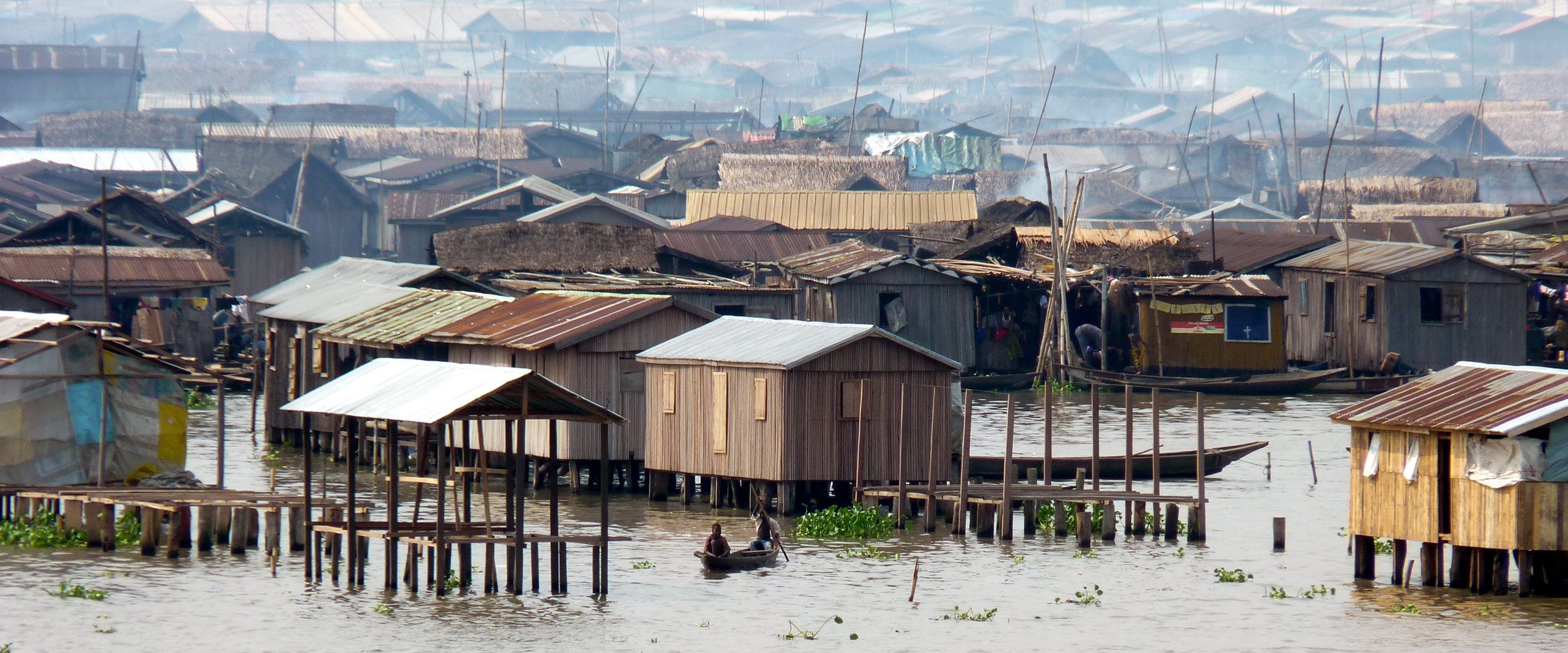
Makoko, in Lagos (Nigeria), one of the most degraded coastal neighborhoods in the world. A few kilometers to the south, the luxurious Eko Atlantic City is planned, which according to the government will be the smartest city in Africa. © Heinrich-Böll-Stiftung
In Africa, the case of Lagos, Nigeria’s capital, is the most worrying. It already had more than 20 million inhabitants at the beginning of 2018 and the World Bank estimates that by 2030 it will reach 35 and will probably be the most populated city in the world. The cost of this exponential and uncontrolled growth is enormous. Most of the residents live in degraded suburbs, without water or sanitation networks, and therefore waste water is directly dumped into the sea turning some of its neighborhoods, such as the fishing village of Makoko, into some of the most miserable in the world. The Nigerian government has already shown its concern, but until now the regeneration measures seem to be more aimed at creating the project Eko Atlantic City, a 100% smart city close to Lagos designed to attract business, than to solve the severe deficits of the capital.
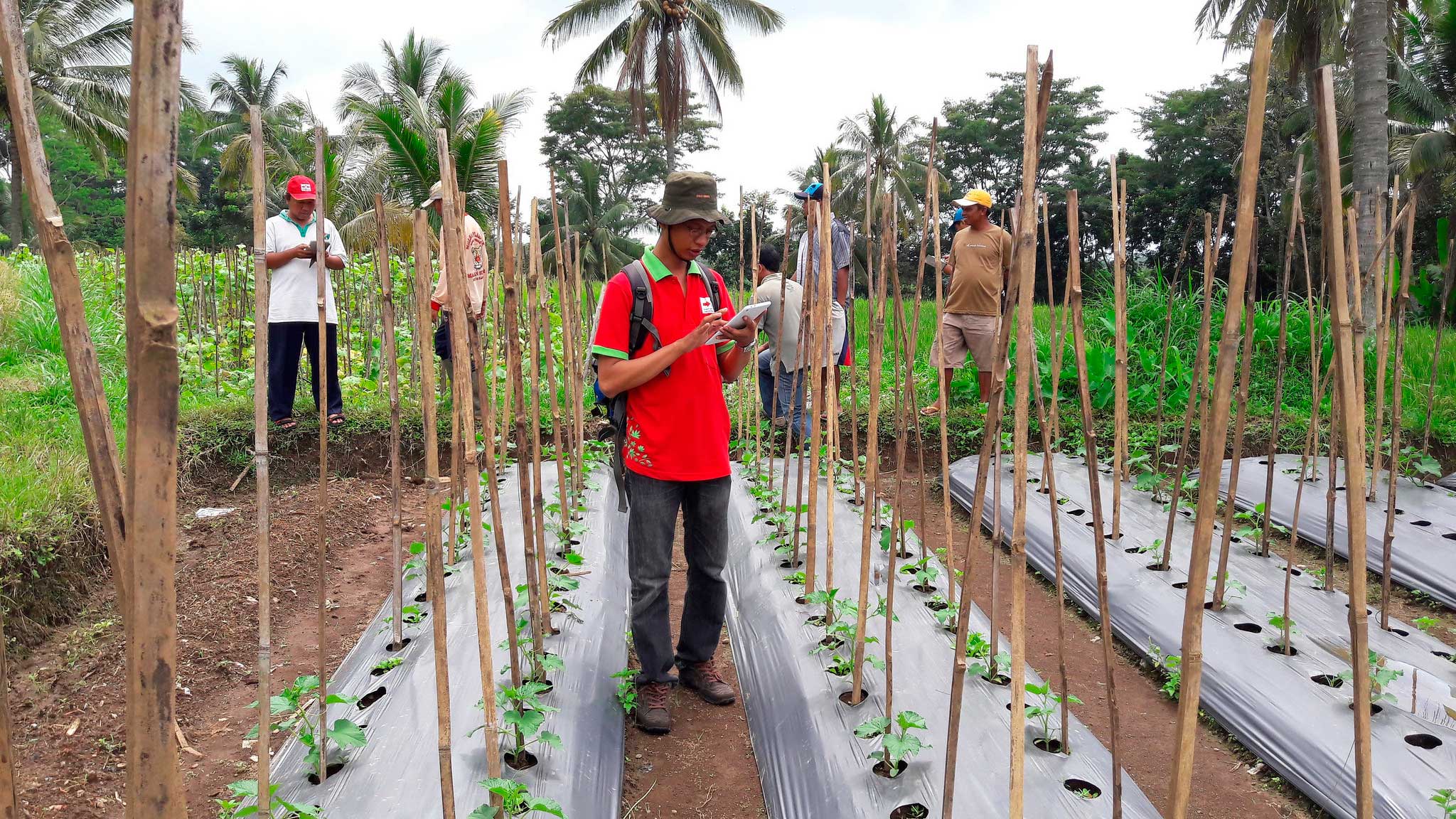
Smart water needs to reach rural areas, like this farm in Indonesia, to stop the migrations to cities. ©Aul Rah
Both in Asia and Africa the technological industry requires governments with the will to develop projects that incentive investment to take on the digital transformation of cities, jump on the wagon of circular economy and make the most of the enormous wealth that could be generated with the creation of these systems. But without guaranteeing first the access to water and sanitation and controlling the migratory movements this will not be possible. Digital tools and the smart world need to reach the poorest cities or they will not be able to guarantee the sustainability on a global scale.


